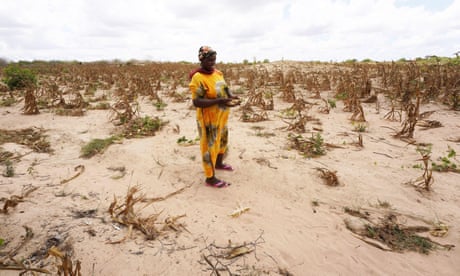The Department of Mineral Resources and Energy has recommended a massive drive towards more natural gas exploration projects, while simultaneously calling for the importation in the short term of liquefied natural gas (LNG) from neighbouring countries to address South Africas energy mix on the back of gas shortages.
These are among the recommendations and conclusions contained in the long-awaited draft Gas Master Plan (GMP2024), gazetted for public comment on Friday by Mineral Resources and Energy Minister Gwede Mantashe.
The draft plan is a policy instrument that seeks to ensure security of gas supply by diversifying supply options from both local and international markets.
Its main objective is to diversify energy sources with the intention of reducing South Africas heavy reliance on coal, and to realise an effective energy mix while improving security of supply and reducing emissions in the long term.
Strengthening energy and investment policies to create an enabling environment for the widespread use of natural gas in the country should be among key government priorities, states the draft GMP2024.
The importation of natural gas, in the form of piped gas and LNG from neighbouring countries with excess supply, is a realistic option in the short to medium term.
The gas demand far exceeds supply; this shortage is expected to worsen in the near future as demand is projected to grow. To satisfy the countrys limited and declining natural gas resources, the development of the gas market as an alternative source of energy should therefore be urgently explored.
The plan considers the countrys complete gas topology, ranging from demand, supply, importation, infrastructure and distribution networks.
It recognises the critical role of natural gas in the countrys economy, and anticipates the infrastructure required for the delivery of gas at a point of consumption, based on a least-cost model.
Members of the public, stakeholders and industry experts are expected to submit inputs and/or comments on the draft GMP2024 by no later than June 15 this year.
This comes as the Integrated Resource Plan 2023 (IRP 2023), also out for public comment, proposed a significant change to the allocation for new gas-to-power as it increased to 7 220MW from the 3 000MW outlined in the IRP2019.
Recently, state-owned oil and gas company PetroSA obtained a gas trading license from regulators, paving the way for an agreement with Mozambiques national energy company for an initial supply of 2 petajoules of gas annually, with the potential to scale up to 200 petajoules in the future, to prevent a potentially crippling gas shortage.
The Republic of Mozambique Pipeline Investments Company (Rompco) on Friday said that regasified liquefied natural gas (R-LNG) transported via its existing Mozambique to Secunda Pipeline (MSP) was a viable way for South African industrial customers to mitigate ongoing load shedding.
LNG is natural gas cooled to a liquid state for easier transportation and storage. It can be regasified at the point of use and burned as fuel for power generation, heating or industrial processes.
Rompco is a joint venture between the SA and Mozambique governments and Sasol, and operates an 865km pipeline that transports natural gas from Mozambiques Pande and Temane fields to markets in both countries, supplying about 90% of South Africas gas demand, mainly for industrial use.
Rompcos general manager for corporate and commercial affairs, Motlokwe Sebake, on Friday said that they were exploring the possibility of connecting LNG from Mozambiques Matola terminal, being developed by Beluluane Gas Company (BGC), to address the supply challenge.
Sebake said the Matola terminal will have a floating storage and regasification unit (FSRU) that can receive LNG shipments from various sources and deliver regasified gas to a gas-to-power plant to be built at the Beluluane Industrial Complex and, in addition, supply gas to the South African market via the Rompco pipeline.
He said the terminal was expected to start operations by mid-2026 and have a capacity of 2 million tons per annum of LNG.
Connecting LNG supply from Matola with the Rompco pipeline will enhance security of supply to the South African energy market and ensure that the MSP is used to its full capacity, factoring in the declining Pande and Temane fields, Sebake said









